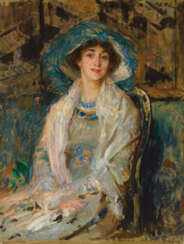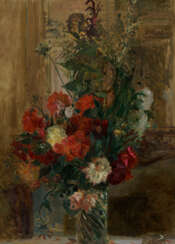blanche
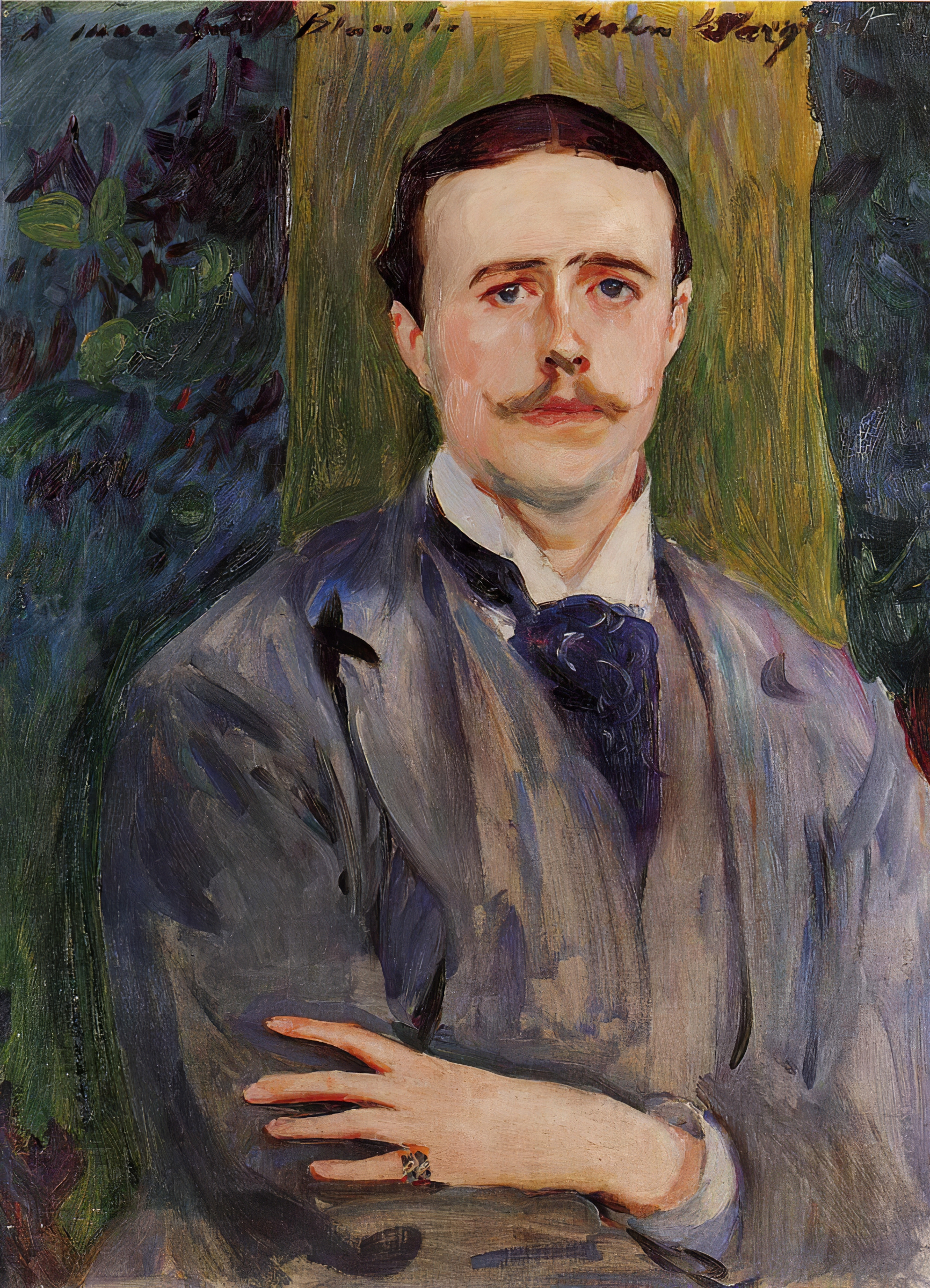
Jacques-Émile Blanche was a French artist, largely self-taught, who became a successful portrait painter, working in London and Paris.


Jacques-Émile Blanche was a French artist, largely self-taught, who became a successful portrait painter, working in London and Paris.


Jacques-Émile Blanche was a French artist, largely self-taught, who became a successful portrait painter, working in London and Paris.


Jacques-Émile Blanche was a French artist, largely self-taught, who became a successful portrait painter, working in London and Paris.

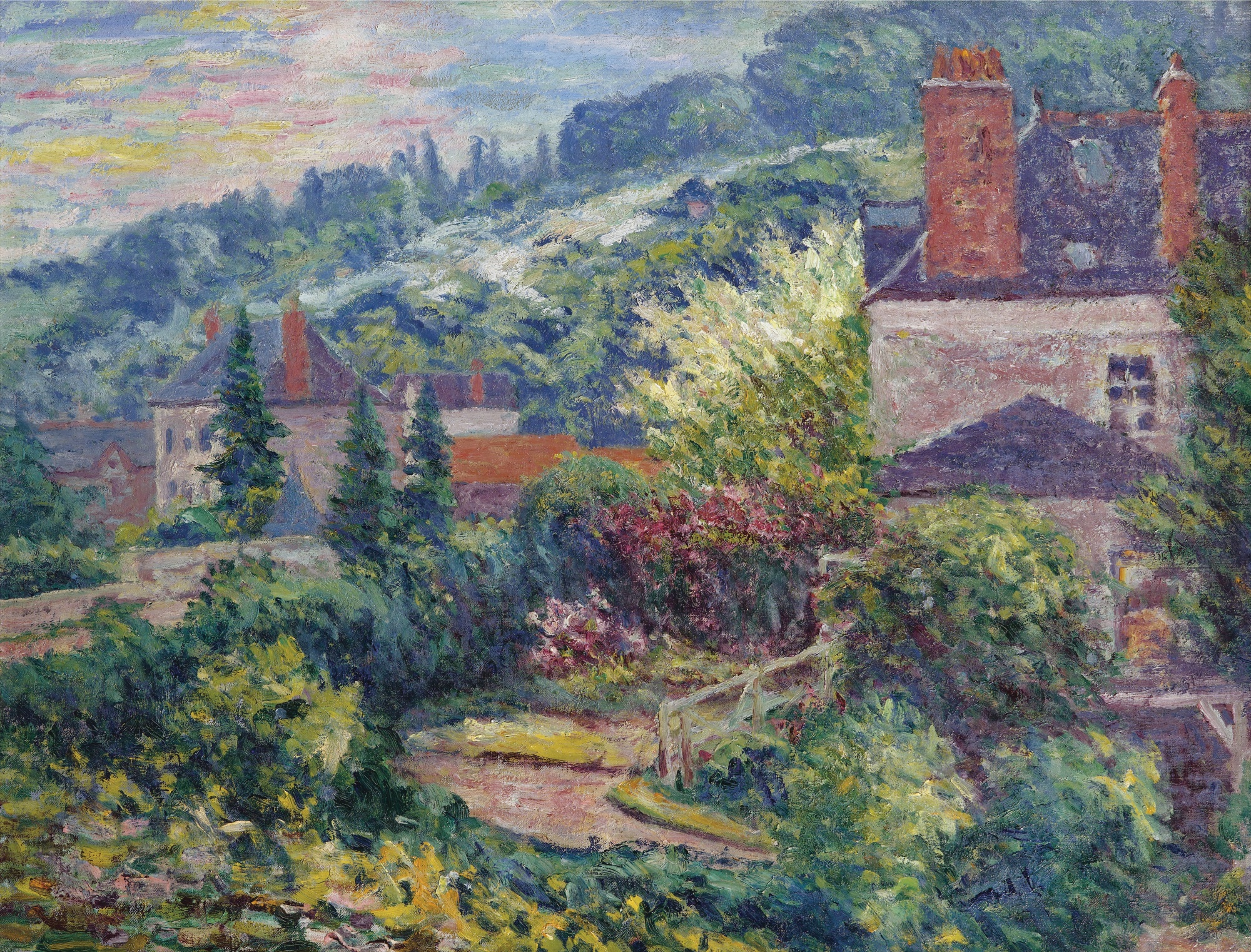
Blanche Hoschedé Monet was a French Impressionist painter and stepdaughter of the famous Impressionist painter, Claude Monet. She grew up in Giverny, France, where Monet had his home and studio, and was exposed to the Impressionist movement from an early age.
Blanche began painting at a young age, and under Monet's guidance, she developed her own style of Impressionism, with a focus on landscapes and still lifes. She exhibited her work at the Salon des Indépendants in Paris and the Royal Academy in London.
Blanche's work is held in many major collections, including the Musée d'Orsay in Paris and the National Gallery of Art in Washington, D.C.


Jacques-Émile Blanche was a French artist, largely self-taught, who became a successful portrait painter, working in London and Paris.


Jacques-Émile Blanche was a French artist, largely self-taught, who became a successful portrait painter, working in London and Paris.


Jacques-Émile Blanche was a French artist, largely self-taught, who became a successful portrait painter, working in London and Paris.


Blanche Hoschedé Monet was a French Impressionist painter and stepdaughter of the famous Impressionist painter, Claude Monet. She grew up in Giverny, France, where Monet had his home and studio, and was exposed to the Impressionist movement from an early age.
Blanche began painting at a young age, and under Monet's guidance, she developed her own style of Impressionism, with a focus on landscapes and still lifes. She exhibited her work at the Salon des Indépendants in Paris and the Royal Academy in London.
Blanche's work is held in many major collections, including the Musée d'Orsay in Paris and the National Gallery of Art in Washington, D.C.


Jacques-Émile Blanche was a French artist, largely self-taught, who became a successful portrait painter, working in London and Paris.


Blanche Lazzell is an American graphic artist and designer. She became known for her works in the modernist style, especially in printmaking and woodcarving and white prints. Leisel began her artistic career in New York City, where she studied at the Art Students League and Art Students League.
In 1905, she continued her studies at the Académie Julien in Paris and studied printmaking under printmaker Paul Emile Beck. In 1912 Leisel returned to the United States and moved to Connecticut, where she became a member of the famous Stonington Art Colony. There she began experimenting with woodcarving and created a series of works called Woodblock Prints, which brought her great popularity. Leisel was one of the first artists to use the technique of card engraving (a technique in which the studio uses a card knife to carve an image onto a printed plate).
She also used many other techniques, including cast metal, wood engraving and linocut. The artist has received numerous awards and honors, including membership in the Academy of Folk Art Design, as well as fellowships and awards from national art organizations. Her work is in the permanent collections of many museums, including the Museum of Modern Art in New York and the National Museum of Women in the Arts in Washington, DC.
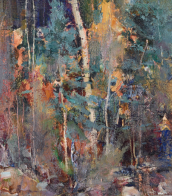

Jacques-Émile Blanche was a French artist, largely self-taught, who became a successful portrait painter, working in London and Paris.


Jacques-Émile Blanche was a French artist, largely self-taught, who became a successful portrait painter, working in London and Paris.


Blanche Hoschedé Monet was a French Impressionist painter and stepdaughter of the famous Impressionist painter, Claude Monet. She grew up in Giverny, France, where Monet had his home and studio, and was exposed to the Impressionist movement from an early age.
Blanche began painting at a young age, and under Monet's guidance, she developed her own style of Impressionism, with a focus on landscapes and still lifes. She exhibited her work at the Salon des Indépendants in Paris and the Royal Academy in London.
Blanche's work is held in many major collections, including the Musée d'Orsay in Paris and the National Gallery of Art in Washington, D.C.


Jacques-Émile Blanche was a French artist, largely self-taught, who became a successful portrait painter, working in London and Paris.




Thomas Blanchet, a distinguished French painter, sculptor, and architect, left an indelible mark on the Baroque era with his multifaceted talent. Blanchet's journey in art saw him transitioning from sculpture to painting under the guidance of Jacques Sarazin. His early years in Paris were enriched by the emerging Baroque influence and the Mannerism of the School of Fontainebleau, placing him among contemporaries like Simon Vouet.
Blanchet's formative years extended beyond French borders, as he ventured to Rome around 1645 to 1653. There, he immersed himself in the circle of Nicolas Poussin and visited the studios of Andrea Sacchi and Pietro da Cortona, earning high praise from Gianlorenzo Bernini. This period was marked by significant commissions, including works for Niccolò Guido di Bagno and the creation of engravings and mausoleums, notably in Venice for René de Voyer d'Argenson.
His repertoire was vast, encompassing classical themes, religious narratives, and architectural capriccios, as evidenced in works like "Time and Truth overcoming Envy and Discord" and "La Résurrection De Lazare". Blanchet's influence extended to Lyon, where he contributed to the city's cultural heritage through frescoes at the Collège de la Trinité, now Collège Ampère, and designed significant public and private spaces including the Palais de Roanne's grand chamber ceilings.
For collectors and experts in art and antiques, Thomas Blanchet's oeuvre represents a bridge between French and Italian Baroque, embodying the era's dramatic expressions and classical reverence. His works, found in both public spaces and museums, continue to be celebrated for their historical and artistic significance.
To stay informed about exhibitions, sales, and auctions related to Thomas Blanchet's works, signing up for our newsletter is recommended. This subscription ensures access to the latest insights and opportunities related to this Baroque master's enduring legacy.


Thomas Blanchet, a distinguished French painter, sculptor, and architect, left an indelible mark on the Baroque era with his multifaceted talent. Blanchet's journey in art saw him transitioning from sculpture to painting under the guidance of Jacques Sarazin. His early years in Paris were enriched by the emerging Baroque influence and the Mannerism of the School of Fontainebleau, placing him among contemporaries like Simon Vouet.
Blanchet's formative years extended beyond French borders, as he ventured to Rome around 1645 to 1653. There, he immersed himself in the circle of Nicolas Poussin and visited the studios of Andrea Sacchi and Pietro da Cortona, earning high praise from Gianlorenzo Bernini. This period was marked by significant commissions, including works for Niccolò Guido di Bagno and the creation of engravings and mausoleums, notably in Venice for René de Voyer d'Argenson.
His repertoire was vast, encompassing classical themes, religious narratives, and architectural capriccios, as evidenced in works like "Time and Truth overcoming Envy and Discord" and "La Résurrection De Lazare". Blanchet's influence extended to Lyon, where he contributed to the city's cultural heritage through frescoes at the Collège de la Trinité, now Collège Ampère, and designed significant public and private spaces including the Palais de Roanne's grand chamber ceilings.
For collectors and experts in art and antiques, Thomas Blanchet's oeuvre represents a bridge between French and Italian Baroque, embodying the era's dramatic expressions and classical reverence. His works, found in both public spaces and museums, continue to be celebrated for their historical and artistic significance.
To stay informed about exhibitions, sales, and auctions related to Thomas Blanchet's works, signing up for our newsletter is recommended. This subscription ensures access to the latest insights and opportunities related to this Baroque master's enduring legacy.


William Nelson Copley was an American painter, writer, gallerist, collector, patron, publisher and art entrepreneur. His works as an artist have been classified as late Surrealist and precursory to Pop Art.


Henri de Toulouse-Lautrec was a distinguished French Post-Impressionist artist, renowned for his deep insights into Parisian nightlife and the world of entertainment in the 1890s. Born into an aristocratic family in Albi, France, Toulouse-Lautrec faced significant health challenges. He suffered from a rare condition, possibly pycnodysostosis, which stunted the growth of his legs following two fractures during his adolescence, leading to a notably short stature as an adult.
Despite his physical limitations, Toulouse-Lautrec immersed himself in art, becoming a key figure in the Post-Impressionist movement alongside artists like Paul Cézanne and Vincent van Gogh. He is particularly celebrated for his vibrant and expressive depictions of the bohemian lifestyle in late 19th-century Paris, often featuring scenes from brothels and nightlife venues. His unique style combined elements of Art Nouveau and lithography, as evidenced in famous works such as "Moulin Rouge: La Goulue" and "At the Moulin Rouge: The Dance".
Toulouse-Lautrec's work offers a window into the Parisian entertainment scene of his time, marked by a vivid use of color and a candid portrayal of his subjects. His ability to capture the essence of Parisian society, from dancers to prostitutes, in an era of great artistic and cultural dynamism, makes his work particularly valuable to art collectors and experts.
For those interested in the art and life of Henri de Toulouse-Lautrec, staying informed about sales and auction events is essential. Sign up for updates to receive the latest news on pieces by Toulouse-Lautrec available for purchase or auction. This subscription focuses exclusively on new product sales and auction events related to Toulouse-Lautrec, ensuring that enthusiasts and collectors don't miss out on any opportunity to acquire pieces from this iconic artist.



Victor Vasarely, a seminal figure in the Op art movement, was a Hungarian-French artist celebrated for his pioneering contributions to geometric abstract art. Born Győző Vásárhelyi in Pécs, Hungary, in 1906, Vasarely's artistic journey led him to Paris, where he honed a distinctive style marked by optical illusions and kinetic art. By the late 1940s, he had developed his iconic approach, utilizing geometric shapes and a limited color palette to create artworks that seemed to move and vibrate. His work "Zebra," created in 1937, is often cited as one of the earliest examples of Op art, showcasing his fascination with creating the illusion of depth and movement on a flat surface.
Throughout the 1950s and 1960s, Vasarely's exploration into optical effects deepened, leading to significant series like his "Vega" works. These pieces are characterized by their illusionary three-dimensional space, seemingly pushing and pulling the viewer into the canvas. His dedication to optical and geometric abstraction was not just a pursuit of aesthetic innovation but also an exploration of the viewer's perception, making the observer an integral part of the artwork.
Vasarely's influence extended beyond the canvas, impacting architecture, sculpture, and even space exploration. In 1970, he founded the first museum dedicated to his works in Gordes, followed by the establishment of the Fondation Vasarely in Aix-en-Provence in 1976, showcasing his vision of integrating art with the environment. His artworks have found homes in prestigious institutions like the Museum of Modern Art and have been celebrated in exhibitions worldwide.
For collectors and experts in art and antiques, Vasarely's works offer a mesmerizing blend of scientific precision and artistic expression, encapsulating a moment in art history where the boundaries between viewer and artwork blurred. His legacy is a testament to the power of visual perception and the endless possibilities of abstract art.
For those interested in delving deeper into Victor Vasarely's visionary world and perhaps acquiring a piece of this history, signing up for updates on new product sales and auction events related to Vasarely's works is highly recommended. Stay informed and embrace the opportunity to own a part of the optical and geometric abstraction movement that Vasarely so brilliantly pioneered.





